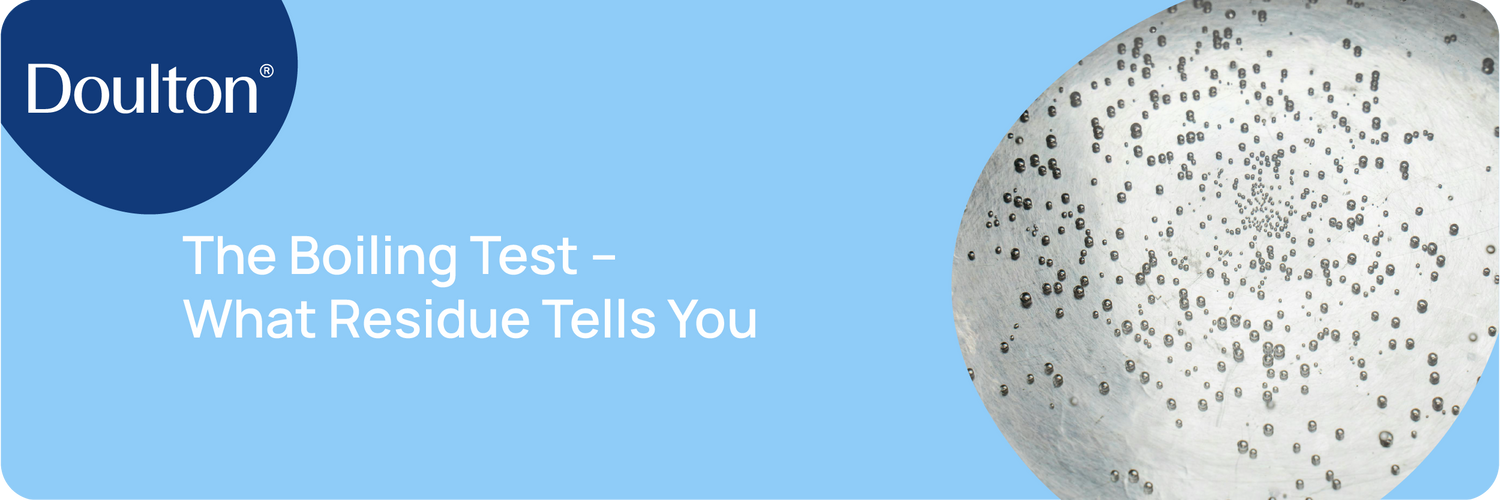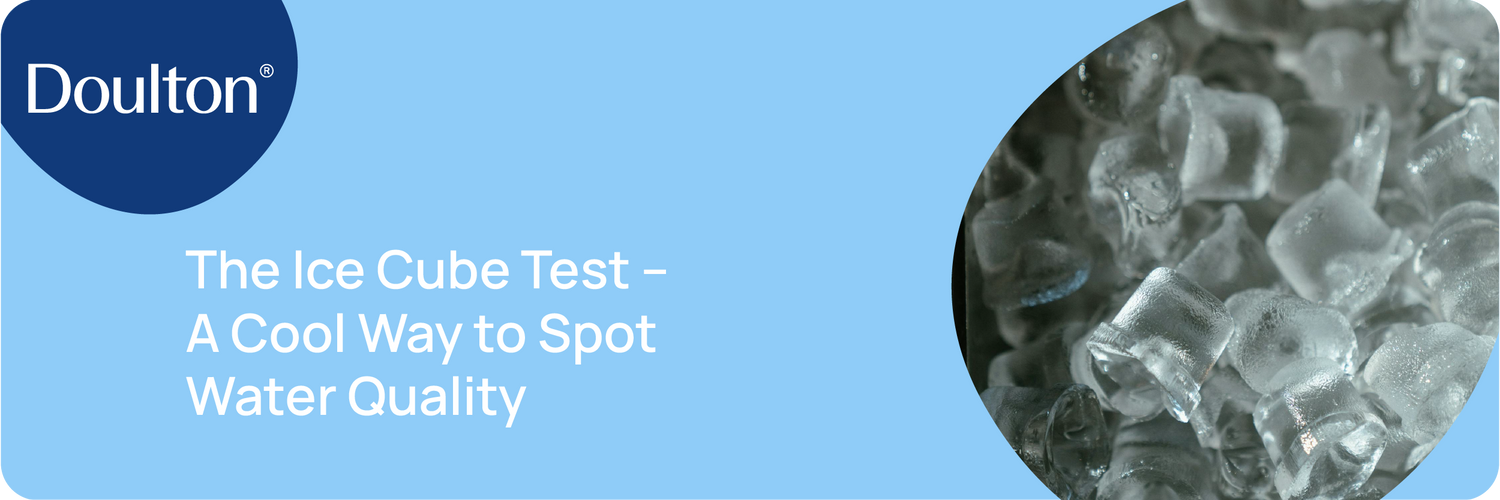Chlorine is widely used as a disinfectant in municipal water systems—a vital safeguard against harmful microbes. Yet while it keeps water safe, it often imparts an unmistakable chemical taste and odor, sometimes described as "swimming pool–like." Even at very low concentrations, most people can detect chlorine's presence in drinking water. When such water is used in cooking—be it for rice, vegetables, soups, or even brewing tea—the chemical notes can transfer, muting or distorting the natural flavors of your food and drinks.
Filtering your water removes chlorine and its disinfectant by-products, providing a clean, neutral foundation for all your culinary creations. You’ll notice fresher-tasting vegetables, a clearer broth, or a crisper glass of cordial when chlorine is eliminated. The World Health Organization acknowledges chlorine’s important role in public health but also notes its impact on taste and odor, while the U.S. Environmental Protection Agency highlights that even safe chlorine levels can affect flavor aesthetics.
Removing chlorine does not just improve water quality; it enhances your entire cooking and drinking experience. By starting with filtered water, you allow the true taste of your ingredients to shine through, giving you fresher meals and better beverages every single day.
References:




